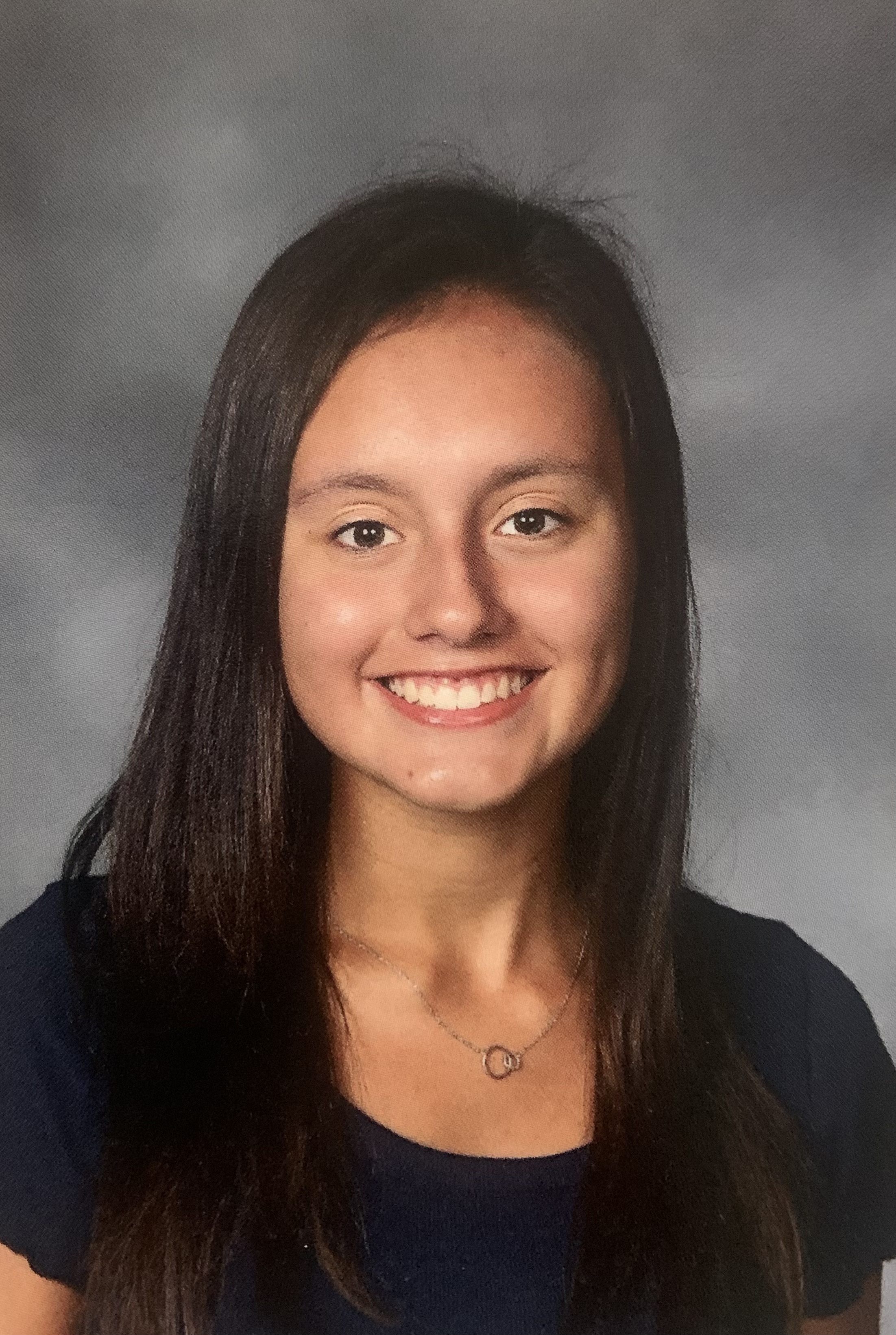Celebration of Scholars
#28: Scream, Shout, and Annotate HankSprout: an EA1 Bacteriophage
 Name:
Tyler Hartmann
Name:
Tyler Hartmann
Major: Biology
Hometown: Spring Grove, IL
Faculty Sponsor: Deborah Tobiason
Other Sponsors:
Type of research: Course project
Funding: Howard Hughes Medical Institute
 Name:
Shannon Heitschmidt
Name:
Shannon Heitschmidt
Major: Biology
Hometown: Chicago, IL
Faculty Sponsor: Deborah Tobiason
Other Sponsors:
Type of research: Course project
Funding: Howard Hughes Medical Institute
 Name:
Juliana Macauley
Name:
Juliana Macauley
Major: Biology
Hometown: Joliet, IL
Faculty Sponsor: Deborah Tobiason
Other Sponsors:
Type of research: Course project
Funding: Howard Hughes Medical Institute
 Name:
Nadia Musaitef
Name:
Nadia Musaitef
Major: Biology
Hometown: Kenosha, WI
Faculty Sponsor: Deborah Tobiason
Other Sponsors:
Type of research: Course project
Funding: Howard Hughes Medical Institute
 Name:
Anna Polietaieva
Name:
Anna Polietaieva
Major: Biology, Chemistry
Hometown: Ukraine
Faculty Sponsor: Deborah Tobiason
Other Sponsors:
Type of research: Course project
Funding: Howard Hughes Medical Institute
 Name:
Julia Rieckmann
Name:
Julia Rieckmann
Major: Biology
Hometown: Pardeeville, WI
Faculty Sponsor: Deborah Tobiason
Other Sponsors:
Type of research: Course project
Funding: Howard Hughes Medical Institute
Abstract
Submit date: March 25, 2024, 2:24 p.m.
